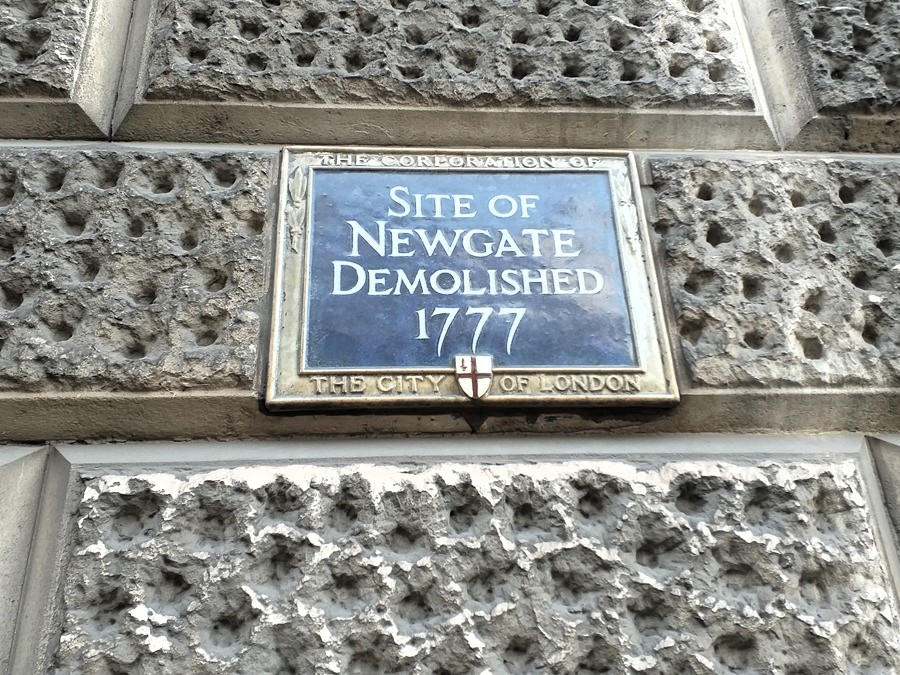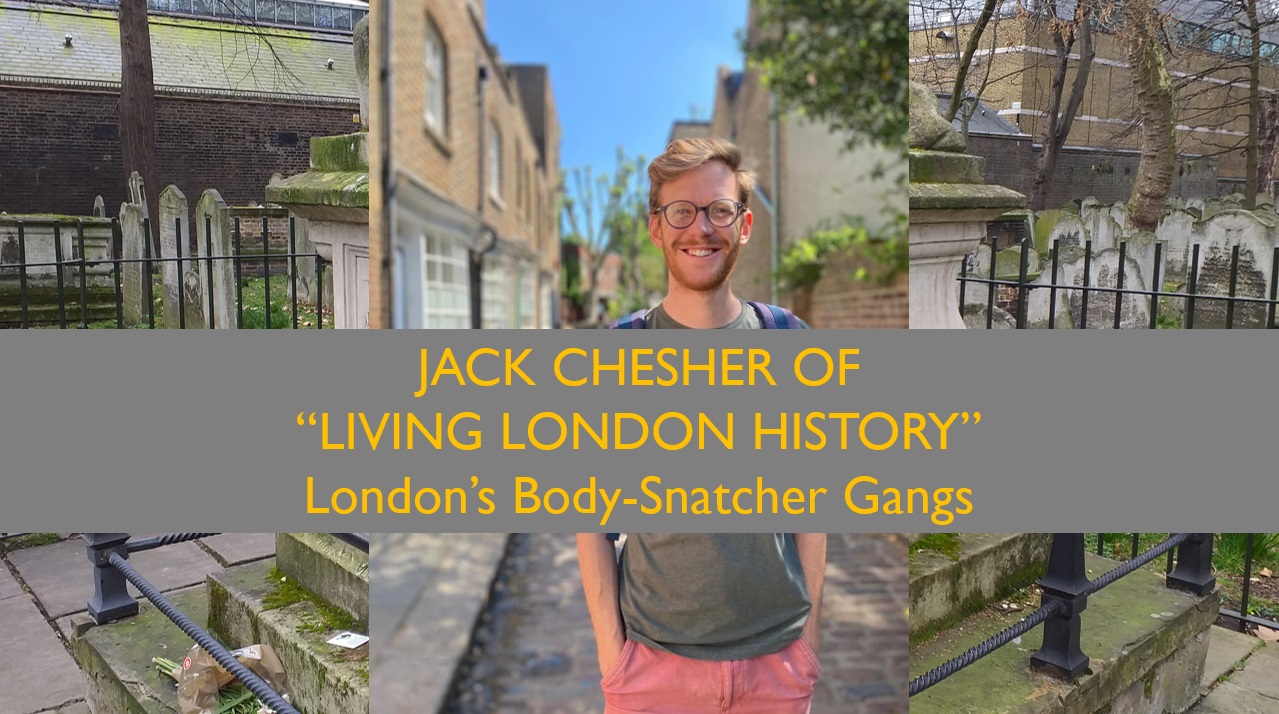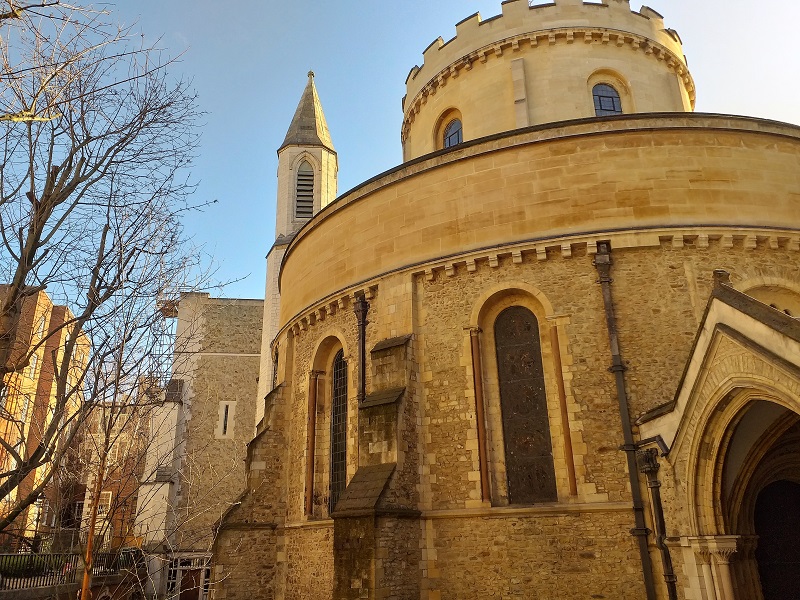by Dorothee Schröder
Newgate Street lies in the western part of the City of London. It is a short street stretching from Cheapside and St Paul’s Cathedral westward to the Old Bailey and the Holborn Viaduct. Although its name might suggest a “newer” gate, it in fact dates back to ancient times. Newgate was one of the original gatehouses built by the Romans as part of their fortifications more than 2,000 years ago, forming part of the old London Wall. When the fourth St Paul’s Cathedral was built in the Middle Ages, Ludgate became less used and Newgate gained greater importance. It is probably for this reason that the gate got its name.
From the 12th century onwards, parts of the gatehouse were used as a prison, later rebuilt when Dick Whittington was Lord Mayor of London in the 14th century. The name Newgate still recalls the notorious prison which once stood on the site now occupied by the Central Criminal Court, the “Old Bailey”. The prison was demolished in 1904. Thus, the entire street remains closely associated with the history of London’s criminal justice system.
In earlier times, Newgate Street was not only an important route for transport but also home to a friary. The Franciscans, or “Grey Friars”, built their first chapel there in 1239. This was followed by Christ Church Greyfriars, also known as Christchurch Newgate Street, completed around 1360. The impressive building with its large marble columns was the second largest church in medieval London and served as a burial site for notable figures such as Queen Margaret, wife of Edward I. Like many other monastic houses, the friary was dissolved by Henry VIII and later destroyed in the Great Fire of London in 1666. The reconstruction was carried out under Sir Christopher Wren, and the parish was united with that of St Leonard, Foster Lane. During the Blitz, the church was severely damaged and was not rebuilt after the war. Today, the ruins of Christ Church Greyfriars and the former monastic grounds have been turned into public gardens.
In and around Newgate Street, one feels deeply connected to London’s history — especially with historic landmarks such as the Old Bailey and St Paul’s Cathedral close by.
Cover picture: Site of Newgate, demolished 1777 (Photographer: Philipp Röttgers)




